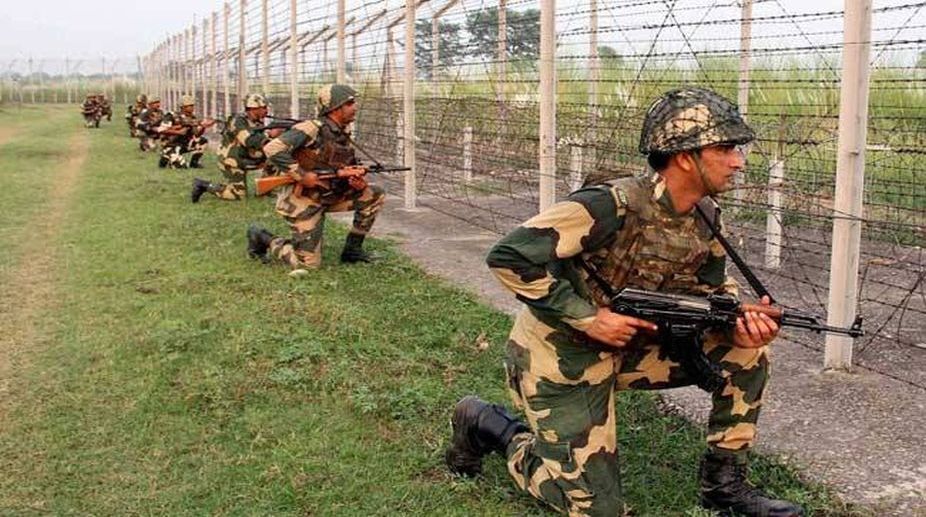India’s border security is “very fragile” and there are “several gaps” which need to be plugged, the Parliamentary Standing Committee on Home Affairs has concluded in a report submitted on Tuesday.
The Committee headed by former Home Minister P Chidambaram studied the issue of capacity building for border security and found that some institutions were created for the purpose, but the government had maintained an “ambiguous approach” in strengthening them.
Commenting on infiltration and cross-border terrorism, the committee said more than a year had passed since the Pathankot attack, but its investigation by the National Investigation Agency (NIA) was not complete yet. No analysis seems to have been done into “the failure of the intelligence agencies to provide credible and actionable inputs regarding the attacks at Pathankot, Uri, Pampore, Baramulla and Nagrota”, the committee said.
These attacks exposed the deficiencies in the Indian intelligence agencies and the Home Ministry should instruct the NIA to complete the investigations so as to “identify the loopholes in the intelligence set-up in the border areas”, the committee said.
The committee has concluded that the huge rise in the number of infiltrations could be due to failures of the Indian Army and the BSF to foil some of them. The government must probe the vulnerabilities along the Line of Control that are being exploited by the infiltrators. As tunnels were becoming the major modus operandi for the infiltrators, the Government could explore taking help of countries which had developed tunnel detection systems, the panel said.
The Nagrota attack showed the attackers received guidance from the military establishment across the border, the committee said. The panel said besides staying on alert, the armed forces and Central Armed Police Forces (CAPF) campuses should have some degree of isolation from other habitations, trees could be cut for perimeter security, and boundary walls could be higher and better lighted.
The committee found that the “infrastructure” on the Chinese side of the India-China border was “far better than that on the Indian side,” and said India must strive to complete construction of all roads planned under Phase I by March, 2019.
India’s border security covers 7516.6 km of coastline and 15,000 km of land borders shared with seven countries. The major border security challenges included cross-border terrorism, infiltration and ex-filtration of armed militants and insurgents, narcotics and arms smuggling, illegal migration, left-wing extremism and separatist movements aided by external powers. The BSF, Indo-Tibetan Border Police, Sashastra Seema Bal and Assam Rifles comprise the Border Guarding Forces on six different borders of the country.
Referring to cattle-smuggling to Bangladesh, the committee said there was mass movement of cattle from all States towards West Bengal and Assam, and once the cattle reach the border, it is difficult to stop their movement. While other States have failed to check the mass movement of cattle, the West Bengal police had failed to intercept this movement. The Centre must strike at the roots of the “entrenched
nexus” to curb the menace, the committee said.












